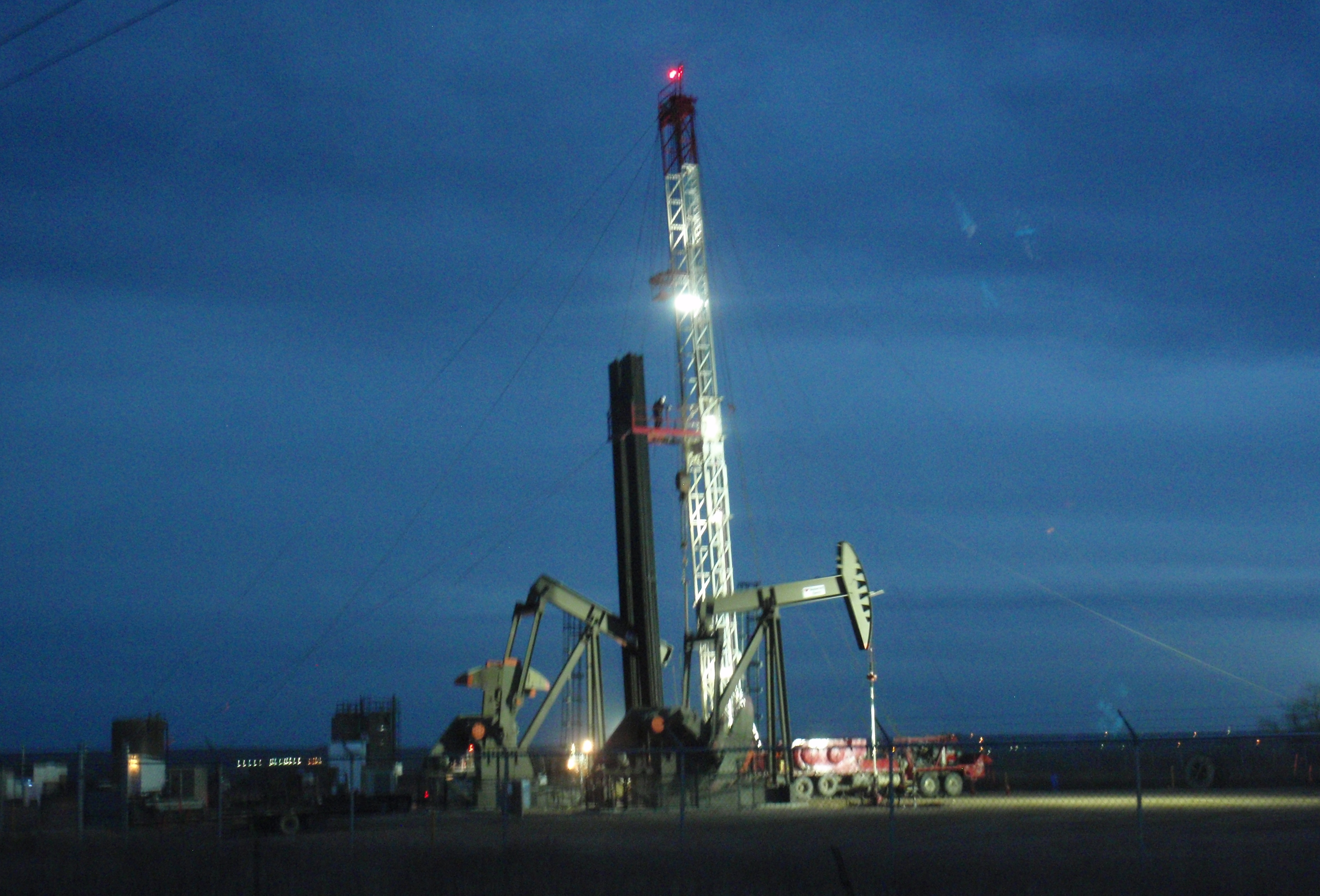
Here are four articles providing a bit of background on what’s going on in Bakken.
You have likely noticed I have long relied on The Million Dollar Way for my education on oil in general and Bakken in particular. Just look at the source for the following four articles. That makes it sorta’ cool when on 3/22 MDW recommended my post Scratching my head at the geopolitical impact of fracking. Thanks for the mention!
2/19/17 – The Million Dollar Way – EURs – Bakken 2.0 – EUR means Estimated Ultimate Recovery, which is the total amount of oil expected to be extracted from one specific well. Article says the EURs in Bakken were 300K early on. At the point I started paying attention, the EURs were in the 500K range with possibilities of 1,000K.
Article says Mike Filloon has been talking about 1.5M instead of 1.0M.
Now the article lists 14 wells with EURs of 1.5M up to 2.0M EURs.
2,000K barrels from one well.
Staggering.
Why is that a big deal? Spread the cost that used to be $10M or more to drill a well over 500K or 750K barrels of oil. Compare that to $6M or $8M now to get something approaching 2,000K barrels. With no further change in the cost to drill, the breakeven just dropped dramatically.
For illustration, consider this progression (change my numbers as you wish):
| cost in million | thousand barrels EUR | drilling cost per barrel |
| 10,000 | 500 | 20.00 |
| 10,000 | 750 | 13.33 |
| 8,000 | 750 | 10.67 |
| 8,000 | 1,000 | 8.00 |
| 8,000 | 1,500 | 5.33 |
2/19/17 – The Million Dollar Way – Nice Bump in Production in Two Whiting Chameleon Wells After Being Shut In For Less Than Two Months – MDW has been noticing an odd phenomenon in recent months: shutting in a well for a few months seems to cause a big increase in production.
First example is well 22621 with IP of 1,561 bopd.
In the 8 months before being shut for almost two months, the production was 7,852 barrels, which for 242 days is 32.4 bopd. For the 71 days after a short break, the production was 20,790 barrels, which for 71 days is 292.8 bopd.
Phrased differently, the total production in 10 weeks was 2.6 times higher than the 34 weeks before a 7 week break.
MDW has discussed a few possible reasons this might happen. Wouldn’t it be odd if in the future, instead of refracking or using some secondary recovery method, the way to increase production in a slowing well would be to merely stop pumping for two months?
3/22/17 – Amy Dalrymple at Dickinson Press – ND Oil Patch sees high demand for workers – Activity is picking up and companies are trying to hire. One company is quoted as saying they are turning away business everyday because of not having enough staff to deliver services.
Challenges to drawing back the people who left are that wages are as sky-high as before. One specific person quoted said he got a job as truck driver for $25 an hour. On the other hand, he will be working 70 hours a week, which will more than double his pay. Of course, he will be getting a rather enlightening education on progressive tax rates.
On the other, other hand, there is a lot more housing available and it is far more affordable. Lots of other infrastructure, such as shopping and restaurants, has been built in the last few years.
3/23/17 – The Million Dollar Way – To Frack One Well: 200,000 Truckloads of Sand – WSJ – Reporter made a rather large oopsie in an article about sand used in fracking. Article calculated it takes 200,000 trips of a truck to carry enough sand to frack a well that needed 5 million pounds of sand.
Um, no.
Simple math:
- 5M# sand / 200K trips = 25# per truck per trip.
Twenty-five pounds per trip. Imagine three gallons of water for a comparison. I could carry that much sand with one bucket, make it two buckets if I wanted to equalize the load between my arms.
After you finish chuckling, check out the article for a primer on the amount of sand used a while back, now, in Bakken, and in Permian. Also carrying capacity of a unit train (what’s a unit train?), capacity of a commercial 18-wheeler, and information on prices.
After the serious learning, if you wish to continue chuckling, MDW calculates 200,000 loads would be 9.6 billion pounds of sand, which I calculate is likely enough to frack 320 wells in the Permian at 30M#, or 2,400 wells in Bakken at 4M#. For context, that is far more than the maximum number of wells completed in any one year in the Bakken.